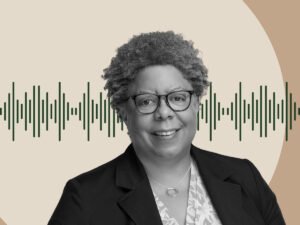May 29, 2014; Journal News
Forty states have a utility consumer advocate. Surprisingly, New York State doesn’t, but the AARP of New York wants Governor Cuomo and the legislature to move on a bill to create one. Legislation to that effect has passed the Assembly and awaits a vote in the state senate.
“There ought to be a voice for consumers at the table, and a level playing field to make the case for consumers before regulators when utilities make their case,” Erik Kriss, AARP New York associate state director of communications, said in a meeting with Journal News editors.
The point of the advocate is to be a voice for the ratepayers, countering the power and voice of the utilities when they advocate for rate hikes—and spend money to do so and pay themselves back for that cost in the structure of the jacked-up rates. Remember, the money that utilities spend to advocate for rate hikes are included within the utilities’ business expenses and therefore become part of the justification for the rate hikes.
Sign up for our free newsletters
Subscribe to NPQ's newsletters to have our top stories delivered directly to your inbox.
By signing up, you agree to our privacy policy and terms of use, and to receive messages from NPQ and our partners.
Consumers have nothing comparable to use to counter the utilities. Ratepayers aren’t as laser-focused on the rates as the companies proposing them, and they have nothing like the lucrative business expense mechanism to finance the hiring of their own experts and lobbyists to argue against the utilities. While the Public Utilities Commission has consumer protection as part of its mission, it isn’t as consumer-focused as a dedicated consumer advocate would be.
Under the pending legislation, a utility consumer advocate would be appointed to a six-year term by the governor and approved by the Senate. The advocate would have the right to seek judicial review of PUC regulatory rulings they see as problematic for consumers.
Utility rate requests are complicated. The Journal News described the request of Rockland County’s United Water for a 25-percent rate increate plus a separate surcharge as it sought approval of a plan to build a new water treatment plant. While grassroots consumer advocates have had some success there, there are many more examples of complex rate increase proposals that are difficult for consumer advocates to address, such as the proposal of a Lower Hudson Valley “energy capacity zone” and its intersection with Governor Cuomo’s plan for a somewhat contradictory new energy distribution method. It is this kind of stuff that militates for a utility consumer advocate.
For the AARP, utilities are a “basic necessity of life, along with food and prescription drugs” for retirees on fixed incomes, according to Kriss. This is an example of nonprofit consumer advocacy, providing voice and political profile for consumers, and simultaneously pushing for changes in governmental laws, policies, and practices that consumers need.—Rick Cohen













